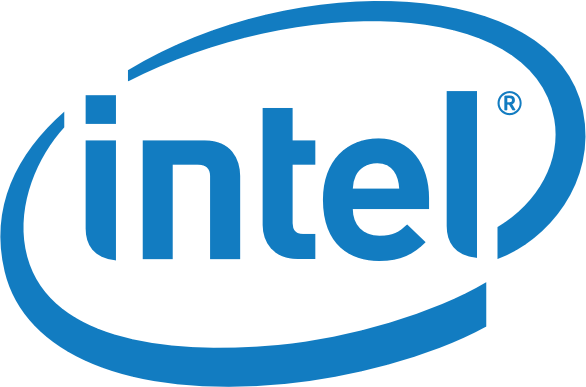Since Apple announced the transition to ARM I had a question on my mind, which is:
Q: Will a specific ARM processor generation will become slow and outdated comparing it to the current year generation?
E.g., lets say that I bought the current M1 (2020) and compare it to the MX (2025) , well it have that big of a difference like comparing the iPhone A14 Chip (2020) to the A9 (2015), I may sound crazy but should we update our Macs like we update our iPhones every year or two (I know some will hold for longer but am talking about the mentality of the targeted user) to be up to date with the latest features and technology?
Lastly I want add that am writing this thread on my Mid 2012 MacBook Pro Retina that I use as my daily work laptop and my semi-professional photography (Photoshop & Lightroom) and I never had the reason to change it despite its age (nearly 10 years), I may got the temptation to buy the 16" MacBook Pro when it came out but when I saw the thermal issues I just held tight to my favorite obsolete MacBook Pro.
Q: Will a specific ARM processor generation will become slow and outdated comparing it to the current year generation?
E.g., lets say that I bought the current M1 (2020) and compare it to the MX (2025) , well it have that big of a difference like comparing the iPhone A14 Chip (2020) to the A9 (2015), I may sound crazy but should we update our Macs like we update our iPhones every year or two (I know some will hold for longer but am talking about the mentality of the targeted user) to be up to date with the latest features and technology?
Lastly I want add that am writing this thread on my Mid 2012 MacBook Pro Retina that I use as my daily work laptop and my semi-professional photography (Photoshop & Lightroom) and I never had the reason to change it despite its age (nearly 10 years), I may got the temptation to buy the 16" MacBook Pro when it came out but when I saw the thermal issues I just held tight to my favorite obsolete MacBook Pro.




